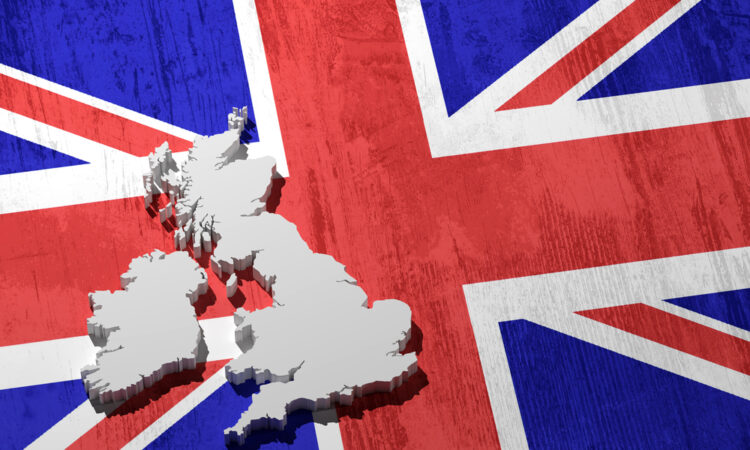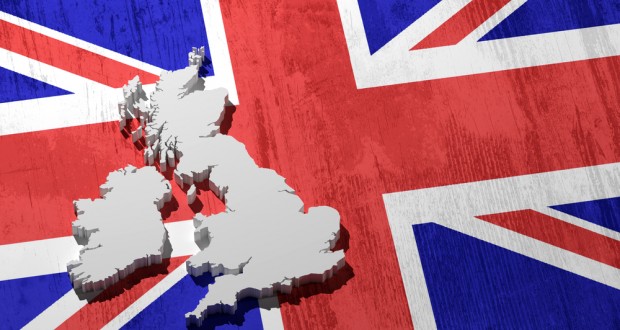
The economy dipped into recession during the final quarter of last year, according to official data.

The Office for National Statistics revealed that gross domestic product dropped by 0.3% from October to December, following a fall in the previous quarter, meeting the definition of a recession.
The economy is deemed to be in recession if there are two successive quarters of falling GDP.
Although GDP increased by 0.1% across 2023 as a whole, today’s news will be a blow for Prime Minister Rishi Sunak who made a key leadership pledge to grow the economy.
Yorkshire Building Society group economist Max Shepherd says that mixed economic data from the past week does not provide a clear steer on when the Bank of England is likely to cut interest rates meaning at least another month of uncertainty.
He says: “On Tuesday, ONS data showed unemployment fell to 3.8% year on year, which was a surprise to market forecasters, who expected an increase to 4.0%.
“Wage growth is slowing – good news for the BoE – but not as much as expected.
“On Wednesday, it was announced inflation remained at 4%, below expectations, but services inflation rose, one of the main data points stopping the BoE from lowering interest rates.
“Finally, GDP data was published today showing that the UK was in a technical recession in the second half of 2023, after two consecutive quarters of negative growth – albeit only just.”
Shepherd adds: “Together the data is inconclusive and provides limited guidance for the BoE around when is an appropriate time to start cutting interest rates.”






